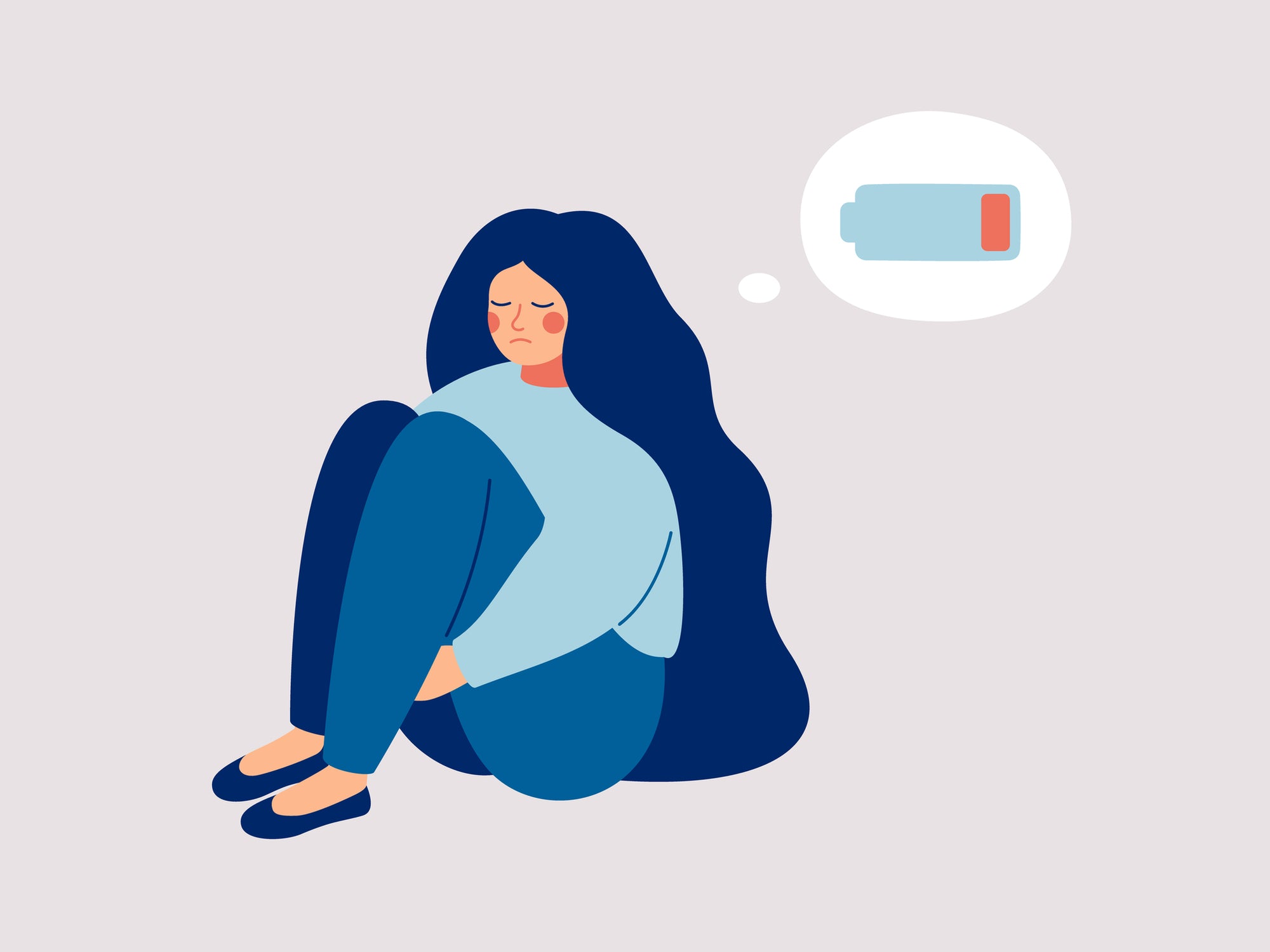
Dealing with Fatigue
A Japanese Survey
Over 80% of people over the age of twenty who have children report being tired. While there are different degrees of fatigue – ‘very tired, fairly tired, somewhat tired’ – it is clear that most people feel fatigued on a regular basis.
Looking at specific complaints, some report fatigue in the neck and shoulders, other in the eyes, others in the lower back, and still others no specific area, but rather the entire body. Men most often report stiffness in the shoulders (68.7%), next lower back pain (62.6%), followed by eye fatigue (54.9%). Among women, the top complaint is, like men, shoulder pain (75.2%), followed by eyes (52.2%), then lower back pain (50.5%).
Desk Work
Many people who work at a desk have problems with stiffness. The stiffness tends to be in the neck, shoulders and lower back. However, the cause is often elsewhere. For instance, the thighs and calves are often stiff, as well, which causes circulation issues that affect all parts of the body, bringing about both tightening and swelling. But the root cause of most of these problems is indeed stiff muscles. The solution is to stretch the muscles, but the number of people who can thoroughly stretch the muscles every day is very few. A massage chair can be an excellent substitute for stretching. It softens hard muscles, improves circulation, moves oxygen through the bloodstream and expels waste, generally helping to reduce stiffness.
When the muscles are soft, fresh blood can reach the entire body, removing waste matter and making the body resistant to fatigue.
The sternocleidomastoid muscle is the source of most neck stiffness. This is the muscle that controls bending, twisting, leaning and shaking of the neck (or head), but sitting motionless for long periods causes this muscle to tighten up. In fact, to solve this problem it is not the stiff muscle that needs attention, but the muscle on the opposite side.
The Triceps brachii muscle is the muscle attached to the outside of the arm. It mostly controls the extension of the elbow. However, when sitting for long periods there is little extension of the
arm, and this muscle, as well as the shoulders, become tired and heavy. If we simply stretch and loosen this muscle, not only is the stiffness and heavy sensation relieved from the arms and shoulders, but the hunched curve of the spine is also straightened.
People who sit and work for long periods also suffer from tight hips, and reduced mobility, which manifests in pain in the joints. When the attached gluteus maximus muscle hardens up mobility is further reduced, and the attached lower back likewise stiffens, causing pain in this region. Loosening the gluteus maximus will free up the hips, and immediately reduce the burden on the lower back. A Fujimax massage chair has a function to massage and soften the gluteus maximus.
For the many people who suffer from tight shoulders, massaging the shoulders is a natural remedy. The large trapezius muscle extends from the shoulders down the back, having as its major role the support of the arms in pulling or lifting.
But when we are sitting and working we have little opportunity to lift or pull, and thus neglected, the muscle stiffens.
For those suffering from fatigue in the neck, shoulders and upper back, soften up the trapezius muscle is the best remedy. Understanding why deskwork
causes this to occur is the first step; next, learning how to reduce stiffness of specific muscles through massage is the next.
Sitting cross legged at the desk will obstruct the circulation through the gluteus maximus, and therefore this muscle needs to be loosened up. Moreover, sitting in the same position for too long has been linked to deformation in the pelvis. The Fujimax massage chair has air bellows that massage the calf muscles, as well as from the soles of the feet up to the ankles, relaxing these important muscle groups in the legs. And the Fujimax massage works not only the back muscles, but also the large muscles below the tailbone.
